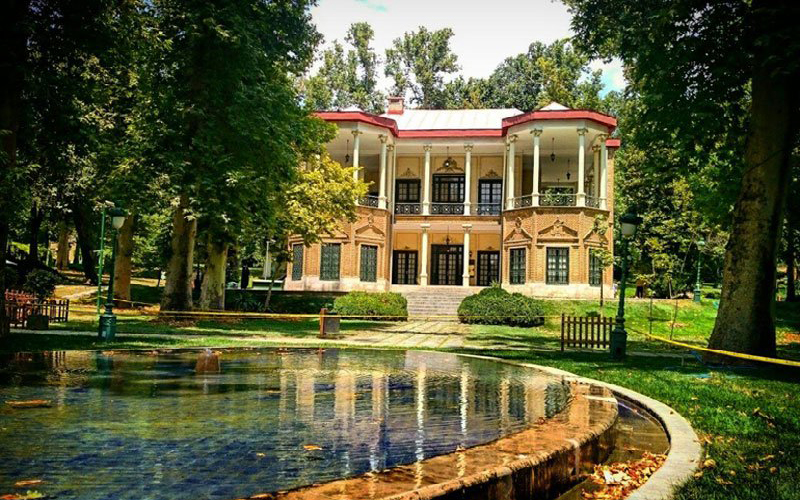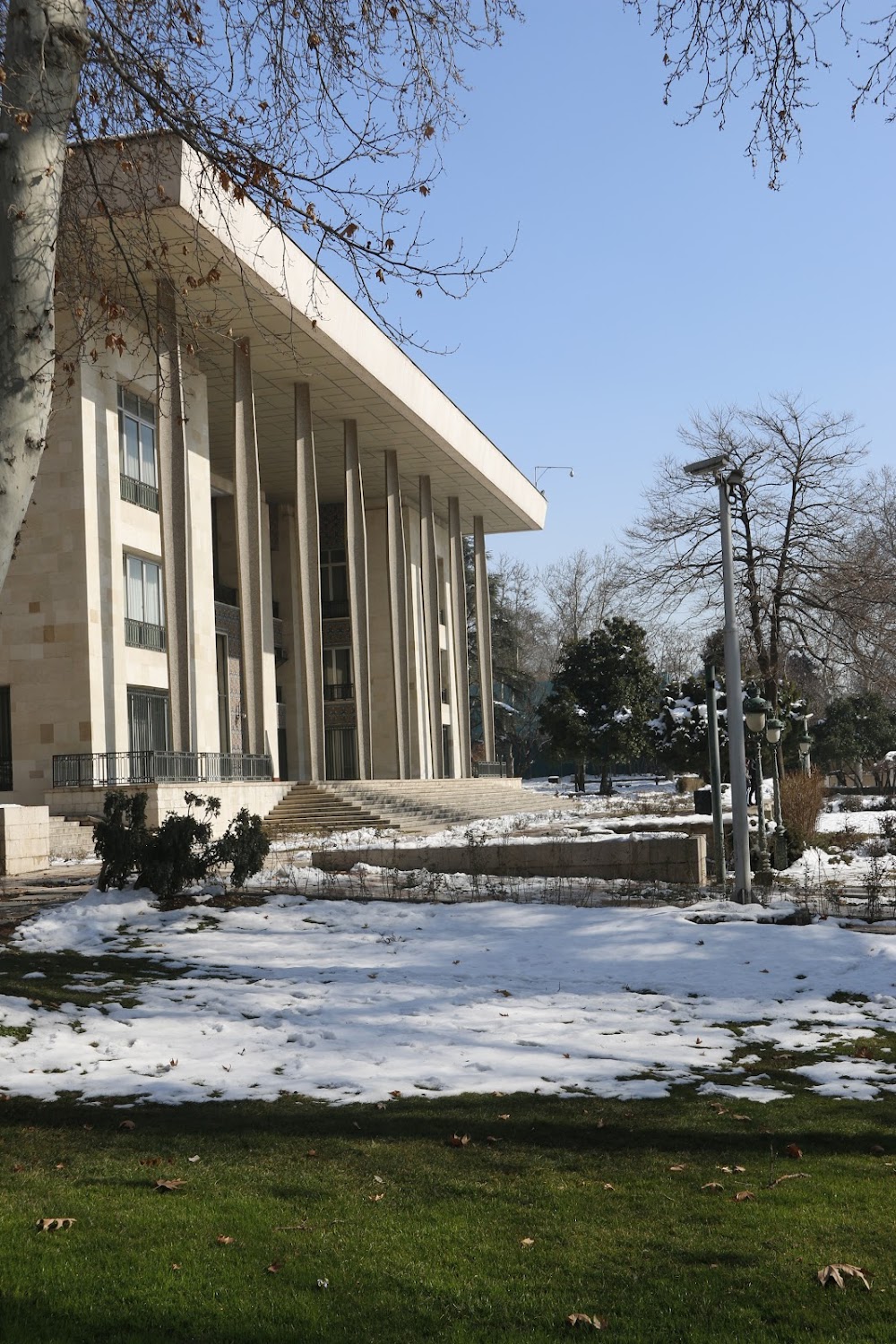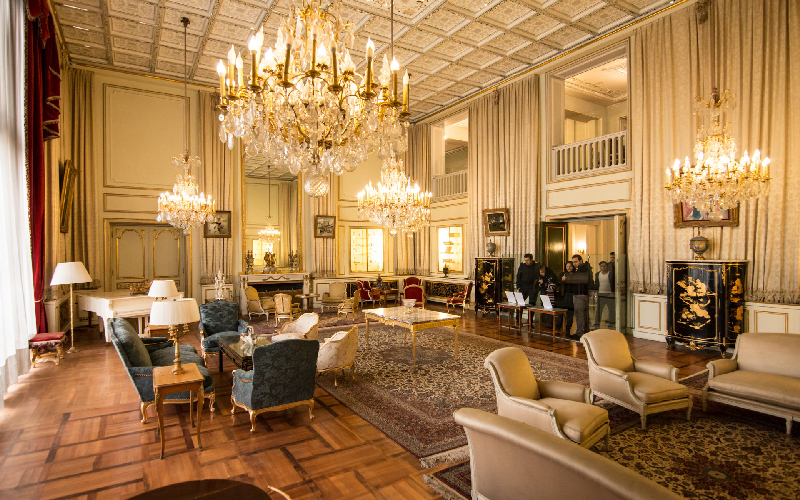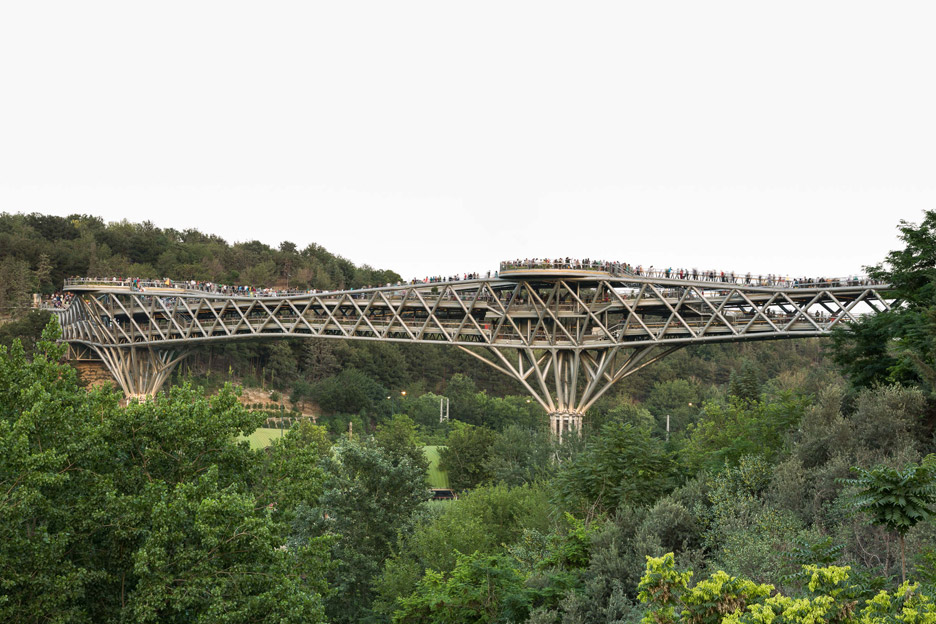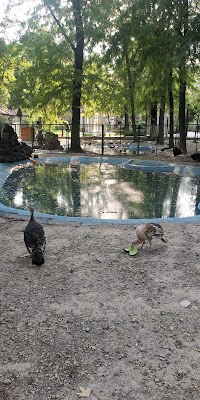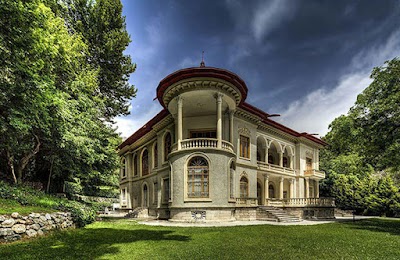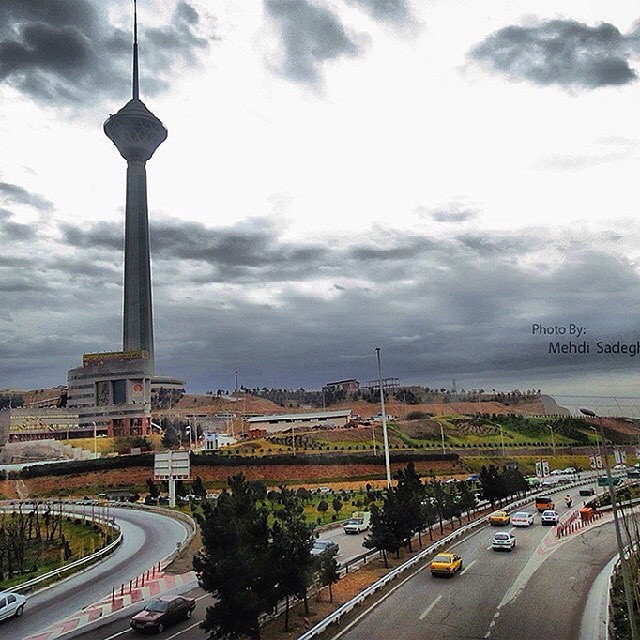Niavaran Palace Complex (مجموعه نیاوران)
Related Places
Overview
The Niavaran Palace Historical Cultural Complex, located in Tehran, Iran, is a breathtaking embodiment of the nation’s rich cultural and historical heritage. Originally built during the reign of the Qajar dynasty, this complex underwent substantial expansion and modernization under the Pahlavi era, ultimately serving as one of the primary residences for Mohammad Reza Shah Pahlavi, the last Shah of Iran.
The origins of the Niavaran Palace trace back to the mid-19th century, specifically during the reign of Fath-Ali Shah Qajar. Initially a modest structure, it served as a summer retreat for the royal family, thanks to its cooler climate and lush gardens. The name 'Niavaran' derives from 'Niavar,' meaning a 'place surrounded by trees,' aptly reflecting the serene and verdant surroundings that attracted royalty to this exquisite location.
Under the reign of Mohammad Reza Shah Pahlavi, the complex witnessed significant transformations. During the 1960s and 1970s, prominent architects and engineers were enlisted to create grander structures within Niavaran. The highlight of this renovation was the construction of the new Niavaran Palace, a modern building that harmoniously blended traditional Persian architectural elements with contemporary design.
Completed in 1968, the new Niavaran Palace is a striking two-story mansion adorned with elegant white marble. Its architectural design boasts large windows and expansive terraces that provide breathtaking views of the lush gardens that envelop the palace. The interior showcases a fusion of modern and traditional Persian styles, featuring intricate tile work, elaborate ceilings, and luxurious furnishings, each carefully selected to represent the splendor of the royal family.
One of the palace's most impressive highlights is the reception hall, where the Shah hosted dignitaries and foreign guests. This hall is resplendent with exquisite artwork and crystal chandeliers, epitomizing the opulence of the era. Another significant addition to the palace is the library, established at the request of Empress Farah Pahlavi. This library houses an extensive collection of books, manuscripts, and rare works, reflecting the intellectual pursuits of the royal family.
In addition to the main palace, the complex features several other notable buildings, including the Sahebqaraniyeh Palace, which dates back to the Qajar period and served as an office during Mohammad Reza Shah's reign. This palace retains much of its Qajar-era charm, with its beautifully embellished interiors and rich historical significance.
Another remarkable structure within the complex is the Ahmad Shahi Pavilion, built during the reign of Ahmad Shah Qajar. This pavilion has served multiple purposes over the years, including residential space for royal family members and a guest house for visiting dignitaries.
The gardens of the Niavaran Palace Complex are equally impressive, covering approximately 11 hectares. Meticulously designed to complement the palatial structures, these gardens boast fountains, pools, and traditional Persian layouts, providing a tranquil escape from the bustling city of Tehran. The presence of ancient trees and well-maintained flora enhances the historical ambiance of this stunning site.
After the Iranian Revolution of 1979, the Niavaran Palace Complex, like many royal properties, was repurposed and eventually opened to the public as a museum. Today, visitors can explore the exquisitely decorated interiors, admire the art and historical artifacts, and wander through the beautiful gardens. The complex serves as a window into the opulent lifestyle of Iran’s monarchs and stands as a significant cultural heritage site, attracting tourists, researchers, and history enthusiasts from around the globe.
The Niavaran Palace Historical Cultural Complex is not just a monument; it is a majestic symbol of Iran’s historical grandeur, offering an engaging glimpse into the nation’s royal past, architectural evolution, and cultural richness.


